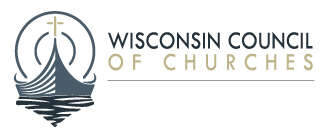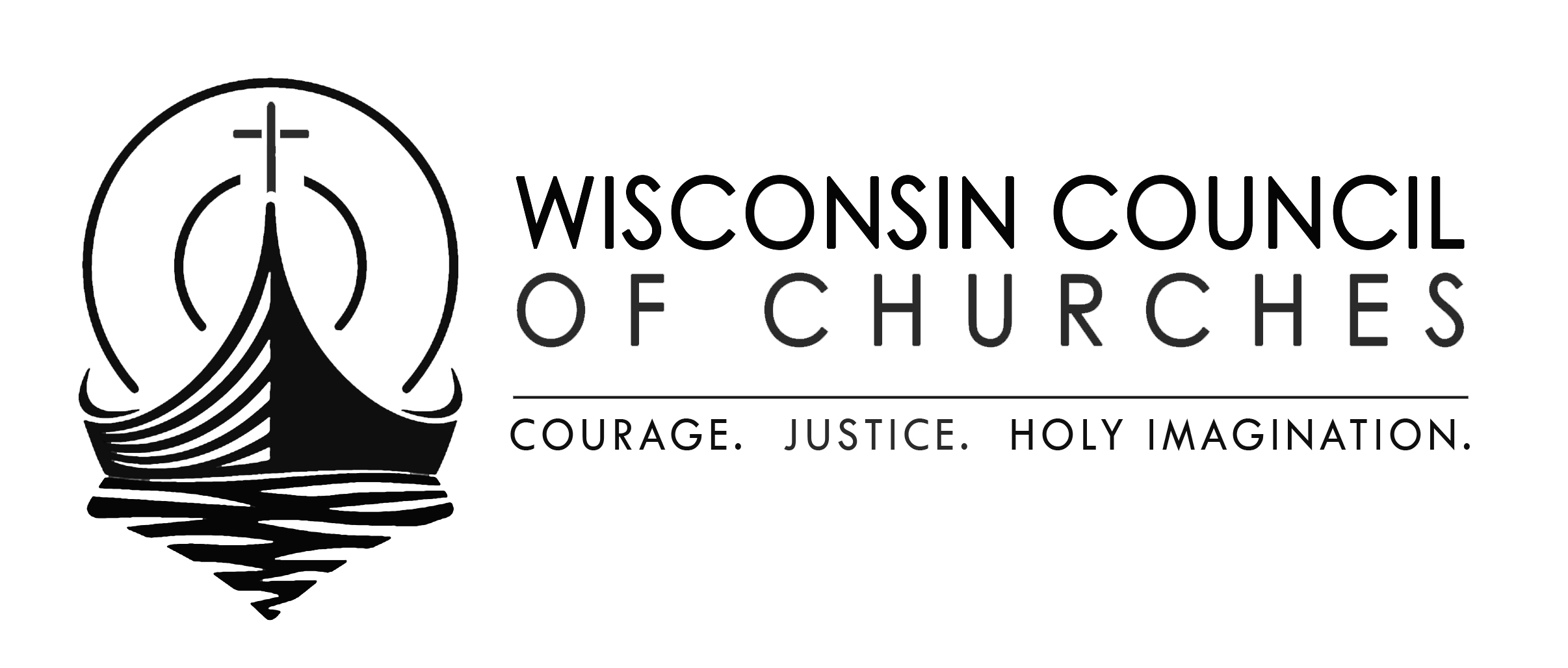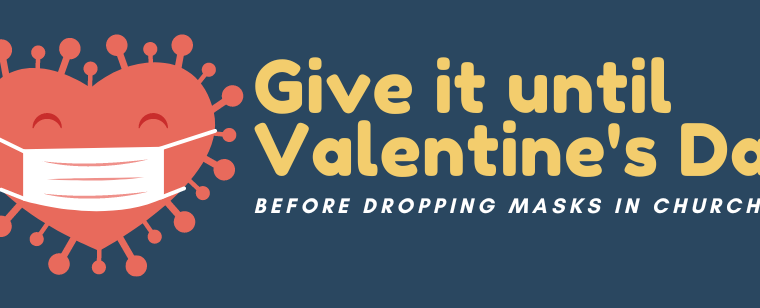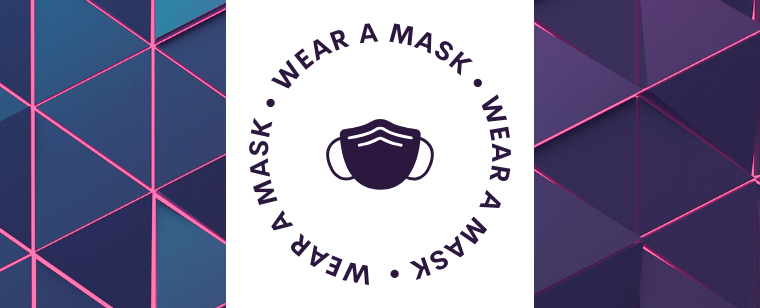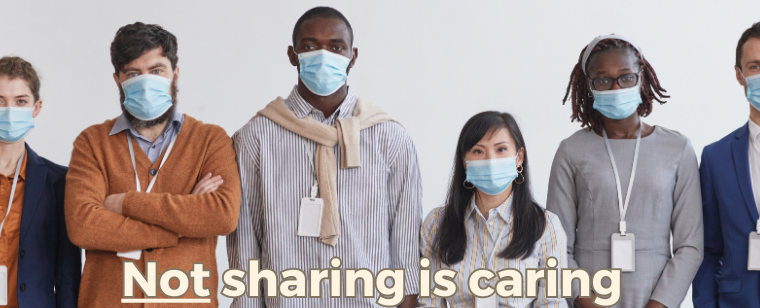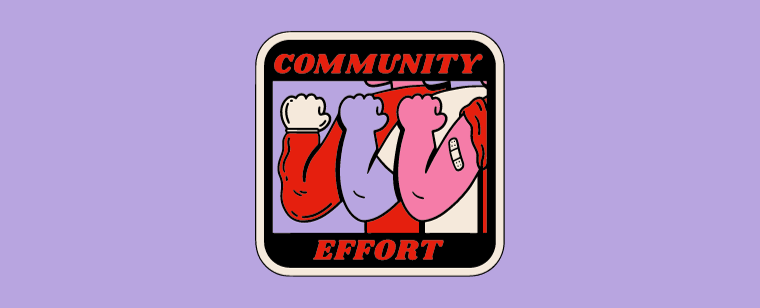Happy and Healthy and Together
Putting the “Community” back in “Community Health”
In May of this year, Vivek Murthy issued what’s called a Surgeon General’s advisory. These reports typically call attention to “urgent public health issues” like smoking or obesity. But this one was different. It focused on the effects of loneliness and social isolation.1 It’s long been a concern of Murthy’s and one that he has chosen to use his considerable platform to highlight.
According to the report, social isolation and loneliness have real consequences for health. Those include cardiovascular health, cancer outcomes, dementia, and Alzheimer’s disease. They can even affect academic and financial success in later life.
Not surprisingly, isolation and loneliness affect COVID too. American counties with less social capital have had more COVID-19 cases and deaths. Areas with more social participation have fewer deaths. Similarly, one broad-based international study found higher levels of interpersonal and government trust associated with lower rates of infection.
The whole report is long but fascinating. It’s a subject that touches many different parts of our lives. I recommend it if you’re interested in public health or policy.
Murthy includes a warning in the advisory: social divisions cause poor health. Americans need to build “more connected lives and a more connected society,” he tells his readers. If we fail to do so,
